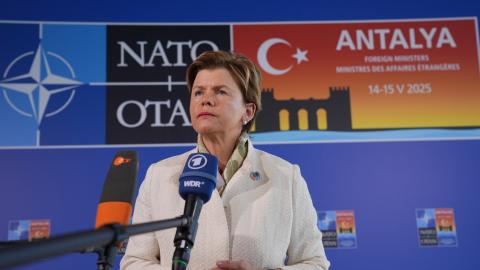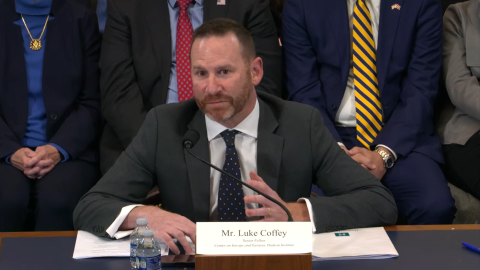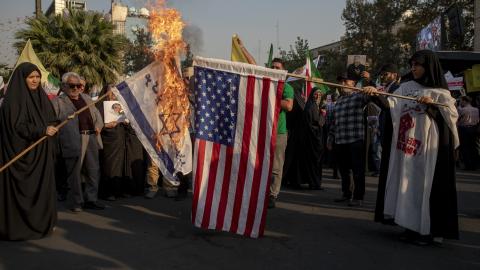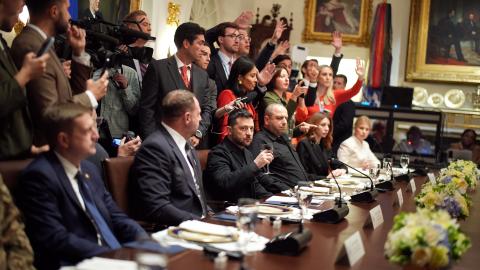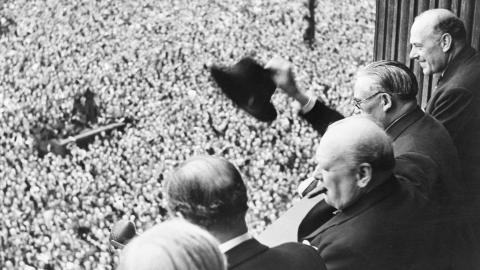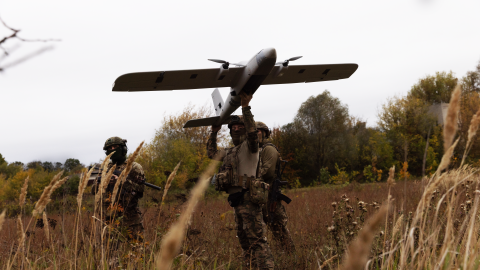Executive Summary
- Battlefield assessment: Tactical engagements mounted across the battle space, from Pokrovsk to Kupiansk. Ukrainian drones struck yet another oil terminal in Russian-occupied Crimea.
- Kyiv’s manpower disadvantage worsens: Ukraine’s manpower shortages continued to hobble its fighting efforts.
- Russian drones threaten NATO: Incursions into Germany’s airspace forced the temporary closure of Munich Airport, as Moscow continued to probe the skies over European NATO territory.
1. Battlefield Assessment
Military activity increased across the battle space last week, with an average of over 170 tactical engagements taking place per day. The Novopavlivka and Pokrovsk sectors saw the heaviest combat, while clashes also raged in Toretsk, Kupiansk, Siversk, Kramatorsk, and in the direction of Orikhiv. Russia also heavily shelled the central district of Kherson.
Russia’s drone use has also spiked. In September the Russian military attacked Ukraine with almost 7,000 drones, more than half of which were Geran-2/Shahed 136 one-way attack drones originally engineered by Iran but now widely produced in Russia. Most of these salvos deliberately targeted civilian areas of Ukraine.
For their part, Ukrainian forces continued to attack energy infrastructure in Russia and occupied Ukrainian territory. On October 6, Ukrainian drones hit an oil terminal in Feodosia in the Crimean Peninsula, 155 miles from the front lines.
2. Ukraine’s Manpower Disadvantage Worsens
The Ukrainian military’s manpower shortages continue to cause serious problems for Kyiv. Reports from the battle space suggest that Ukraine’s dearth of infantry has left gaps along the lines of contact, which should feature uninterrupted combat groupings supporting positions within overlapping zones of defense. Ukrainian military planners have compensated by manning line infantry posts with tactically important mortar teams and even drone operators. Notably, the Ukrainian General Staff, having transitioned to a corps-centered doctrinal order of battle, is now attempting to field new combat units, such as assault troops to launch blitz offensives and specialized air defense crews to counter Russian drones.
Russia, on the other hand, has all but cemented its superior force-on-force and force-to-terrain ratios. On September 29 Russian President Vladimir Putin signed a conscription decree that will draft some 135,000 fighting-age men into the Russian military. Although these draftees are not technically allowed to fight outside Russia’s borders, most are forced to sign contracts to fight in Ukraine following their official term of service.
3. Russian Drones Probe European NATO Airspace
In recent weeks Russian drones have breached the airspace of at least eight European members of the North Atlantic Treaty Organization. These incursions, at first sporadic, now appear to be part of a coordinated probing campaign. The drones have flown over key military, economic, and transportation infrastructure, suggesting that the Kremlin is engaged in more than mere provocation.
Moscow’s wave of incursions began in early September, when it sent 19 drones over Polish territory. Subsequent forays have violated the airspace of Denmark, Lithuania, Finland, Estonia, Romania, Germany, and Belgium, prompting airspace closures and flight delays.
Suspicious drone sightings during the evening of October 2 forced German officials to close Munich airport. The shutdown came after a string of unexplained drone sightings in European airspace, including one on September 26 in northern Germany. On September 29, German police reported large quadcopters near the seaport in the city of Rostock. Authorities in Schleswig-Holstein also reported multiple drone sightings overnight on September 26.
The extent of these incursions suggests that the Kremlin is attempting to identify potential weak points in NATO’s air defenses, assess the reaction times of potential targets, and gauge the alliance’s resolve. Moscow is also likely seeking to undermine public trust in NATO’s capacity to defend itself and foster discord among its members. Forcing the alliance to use expensive missiles to counter low-cost drones, as it recently did with its incursion into Poland, would also deplete NATO’s supplies and stress its treasuries.
Therefore, designing an intelligent strategy to respond to Russia’s drone incursions is now one of NATO’s primary challenges.

